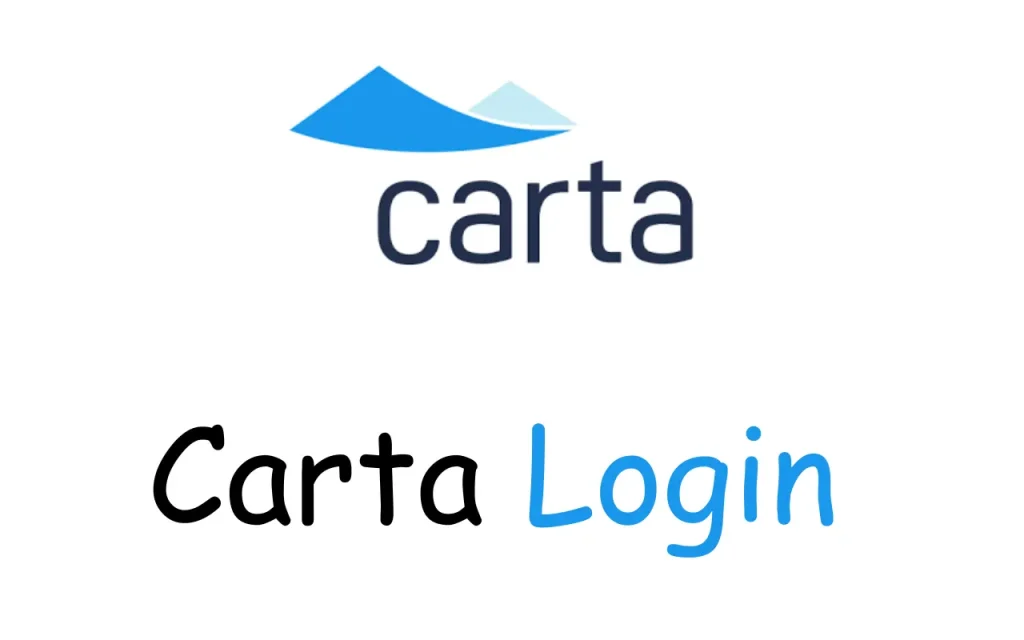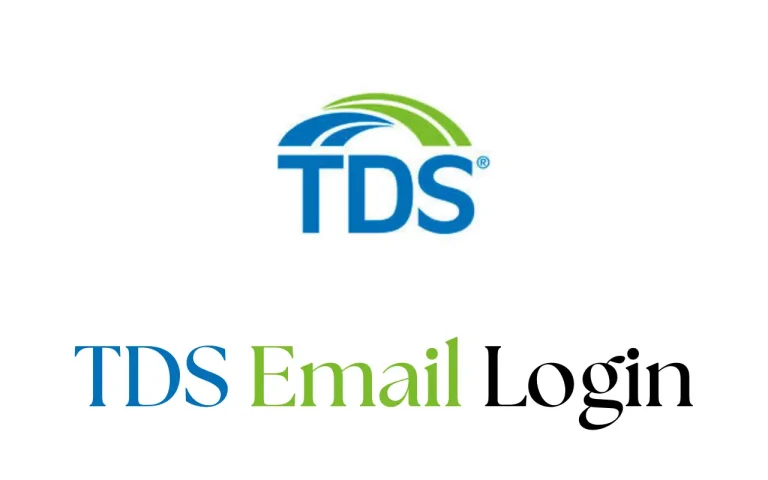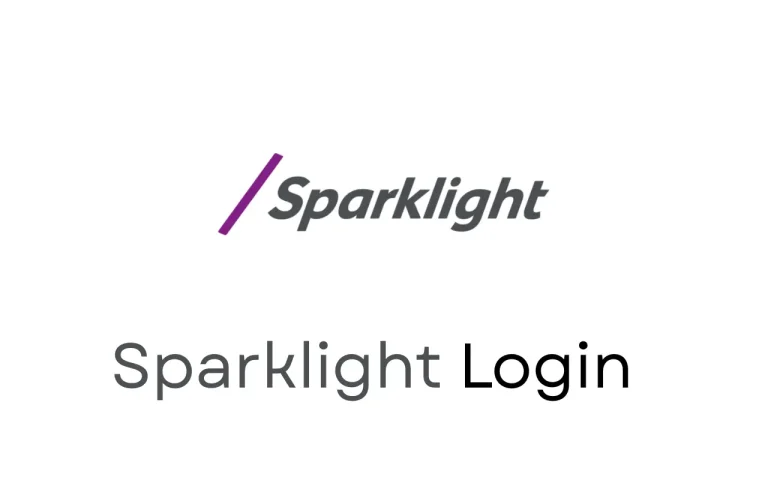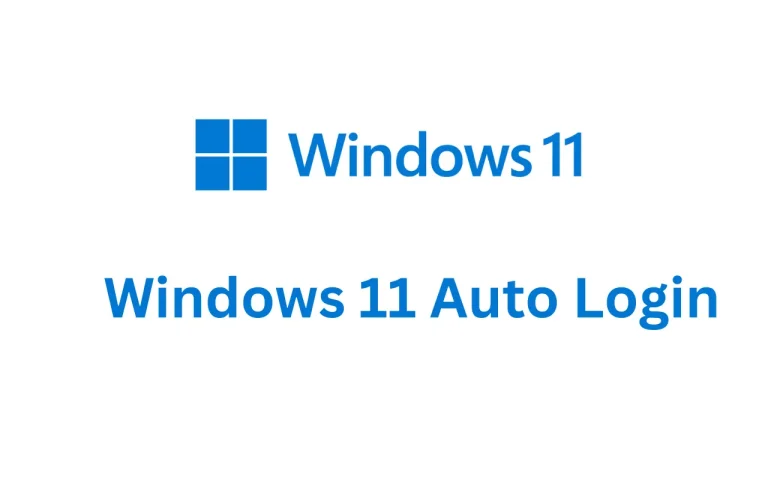Carta Login Guide: How to Access Your Account and Manage Equity
Managing equity and stock options in today’s corporate world can be complex, but platforms like Carta simplify this process. As one of the leading equity management platforms for startups, venture capital firms, and private companies, Carta login provides a comprehensive suite of tools to manage ownership, valuations, and compliance. Whether you’re an investor, employee, or executive, knowing how to log into your Carta account is crucial to utilizing all the features it offers.
In this Carta login guide, we’ll walk you through the entire login process, from setting up your account to navigating the platform and troubleshooting common login issues. By the end, you’ll be equipped to make the most of Carta’s robust equity management tools.
What is Carta?
Carta is a cloud-based platform that simplifies the management of equity, stock options, and ownership data for businesses and investors. It helps companies track and manage ownership and valuations, issuing stock options and making it easier for investors and employees to understand their stakes in the company. Carta’s platform is widely used by private companies, startups, venture capital firms, and law firms.
Some of the main features of Carta login include:
- Equity Management: Carta helps companies track their ownership structure, stock options, and employee equity grants.
- Valuation Management: The platform simplifies the process of calculating a company’s valuation and generating 409A valuations, which are essential for stock options.
- Investor Tools: Investors can track their portfolios, view equity ownership, and receive relevant data on their investments.
- Compliance and Reporting: Carta ensures that businesses remain compliant with SEC regulations, providing detailed reports for investors, auditors, and board members.
- Employee Access: Employees who have stock options or equity in a company can access Carta to view their holdings, learn about vesting schedules, and manage their investments.
As companies grow and scale, keeping track of stock options and equity becomes more difficult. Carta is designed to streamline and automate this process, making it easier for companies and individuals to understand their ownership stakes.
How to Log Into Your Carta Account: A Step-by-Step Guide

Whether you’re a business owner, investor, or employee, logging into your Carta login account should be a simple and intuitive process. Here’s a step-by-step guide to help you get started.
Step 1: Go to the Carta Login Page
Start by opening your preferred web browser (e.g., Google Chrome, Mozilla Firefox, or Safari) and go to the official Carta website:
www.carta.com.
Once on the homepage, look for the “Log In” button located at the top right-hand corner of the screen. Click on the button to proceed to the login page.
Step 2: Select Your Login Type
Carta offers different login options depending on your role within the platform. The options typically include:
- Company Administrator/Executive: If you’re a business owner or an executive responsible for managing equity for your company, you’ll log in to the platform via your administrative credentials.
- Investor: If you’re an investor tracking your portfolio, you’ll use your investor login.
- Employee: Employees with stock options or equity in a company can log into the platform to view their holdings and track their vesting schedules.
Select the appropriate login type based on your role within the system.
Step 3: Enter Your carta Login Credentials
Once you select your login type, you’ll be asked to enter your email address and password. Here’s what you need to do:
- Email: Enter the email address associated with your Carta account. This will typically be the email address you used during the sign-up or invitation process.
- Password: Enter your password. If you’re logging in for the first time, you may have received an email with instructions to set your password.
Step 4: Use Two-Factor Authentication (If Enabled)
To further secure your account, Carta may require you to complete a two-factor authentication (2FA) step. If you’ve enabled 2FA, you will be sent a verification code via email or SMS. Enter the code provided in the appropriate field to proceed with the login process.
Step 5: Access Your Dashboard
Once you’ve entered your credentials and completed any authentication steps, click on the “Log In” button. This will take you directly to your personalized Carta dashboard.
- For Administrators: You’ll be able to manage the company’s equity, add new investors, and handle various administrative tasks.
- For Investors: You can access information related to your investments, track portfolio performance, and view valuations.
- For Employees: You’ll be able to view your stock options, equity holdings, and vesting schedule.
Navigating the Carta Dashboard
Once logged in, Carta’s user-friendly dashboard will allow you to manage your equity, view performance reports, and much more. Similarly, the My Social Security Login portal offers streamlined access to essential retirement and benefits information for individuals managing their government accounts. Here are some key sections and features you can expect to find:
1. Equity and Ownership
If you’re a company administrator or executive, you can view and manage the company’s equity structure from this section. This includes details about ownership percentages, stock options, and shareholder information.
2. Stock Options
For employees and investors who hold stock options, Carta provides an easy-to-navigate section where you can track your stock option grants, vesting schedules, and options exercises.
3. 409A Valuations
Carta login provides tools to manage and generate 409A valuations, which are used to establish the fair market value of a company’s stock. These valuations are essential for tax purposes and for setting stock option prices.
4. Investor Relations
Investors can access their portfolio of holdings, review investment performance, and receive updates on the companies in which they have stakes.
5. Compliance and Reports
For company administrators and executives, Carta offers compliance tools that generate detailed reports for regulatory purposes. This includes SEC filings, investor communications, and cap table management.
Common carta Login Issues and How to Troubleshoot Them
While logging into Carta is generally smooth, you may occasionally run into some issues. Here are some common problems and their solutions:
1. Forgotten Password
If you’ve forgotten your password, don’t worry. Carta makes it easy to reset it:
- On the login page, click the “Forgot Password?” link.
- Enter the email address associated with your account.
- Carta will send a password reset link to your email. Follow the link to reset your password.
2. Incorrect Credentials
If you’re seeing an error message stating that your login credentials are incorrect, double-check the following:
- Email Address: Ensure you’re using the correct email address associated with your Carta account.
- Password: If you’ve forgotten your password or think it might be incorrect, follow the reset process outlined above.
3. Two-Factor Authentication (2FA) Problems
If you’ve enabled two-factor authentication (2FA) and aren’t receiving your verification code, try the following:
- Check your spam folder for the verification email.
- If you’re using SMS for 2FA, ensure that your phone number is correct and that you have a good signal.
- Request a new verification code if the current one has expired.
If you continue to have issues, contact Carta support for assistance.
4. Account Locked
After multiple unsuccessful login attempts, your account may be temporarily locked. This is a security feature to protect your account. Wait for 15-30 minutes before trying again. If the issue persists, reach out to Carta’s support team.
5. Browser Compatibility Issues
If you’re having trouble logging in, ensure that you’re using an up-to-date browser like Google Chrome, Mozilla Firefox, or Safari. Additionally, clearing your browser’s cache may resolve any login-related issues.
Carta login Mobile App Access
For those who prefer mobile access, Carta offers an easy-to-use mobile app available for both iOS and Android devices. Here’s how to log in to the mobile app:
- Download the App: Search for “Carta” in the App Store (for iOS) or Google Play Store (for Android) and install the app.
- Open the App: Once the app is installed, open it and click on “Log In”.
- Enter Your Credentials: Use the email address and password associated with your Carta account to log in.
- Two-Factor Authentication: If you’ve enabled 2FA, enter the verification code you receive to complete the login process.
Once logged in, you can access most of the features of the Carta platform, including managing equity, reviewing stock options, and tracking investments—all from your mobile device.
Security and Privacy on Carta login
Carta takes user security very seriously. The platform utilizes encryption and follows industry best practices to protect your data. Key security measures include:
- End-to-End Encryption: Carta encrypts all sensitive information both in transit and at rest.
- Two-Factor Authentication (2FA): Users are encouraged to enable 2FA for an added layer of security.
- Regular Audits: Carta undergoes regular security audits to ensure compliance with the latest standards.
Carta also adheres to privacy regulations, ensuring that your personal information and equity data are handled responsibly and in compliance with relevant laws.
Frequently Asked Questions (FAQs)
Conclusion
Logging into your Carta account is an essential first step in managing your company’s equity, stock options, and investments. Whether you’re an executive, investor, or employee, Carta login offers a user-friendly platform to track ownership, generate valuations, and stay on top of compliance. By following this guide, you should be able to log in smoothly, troubleshoot any issues, and access the full range of tools and features Carta has to offer.
With its focus on security, ease of use, and compliance, Carta login remains a top choice for businesses and individuals seeking to manage equity and investments.







